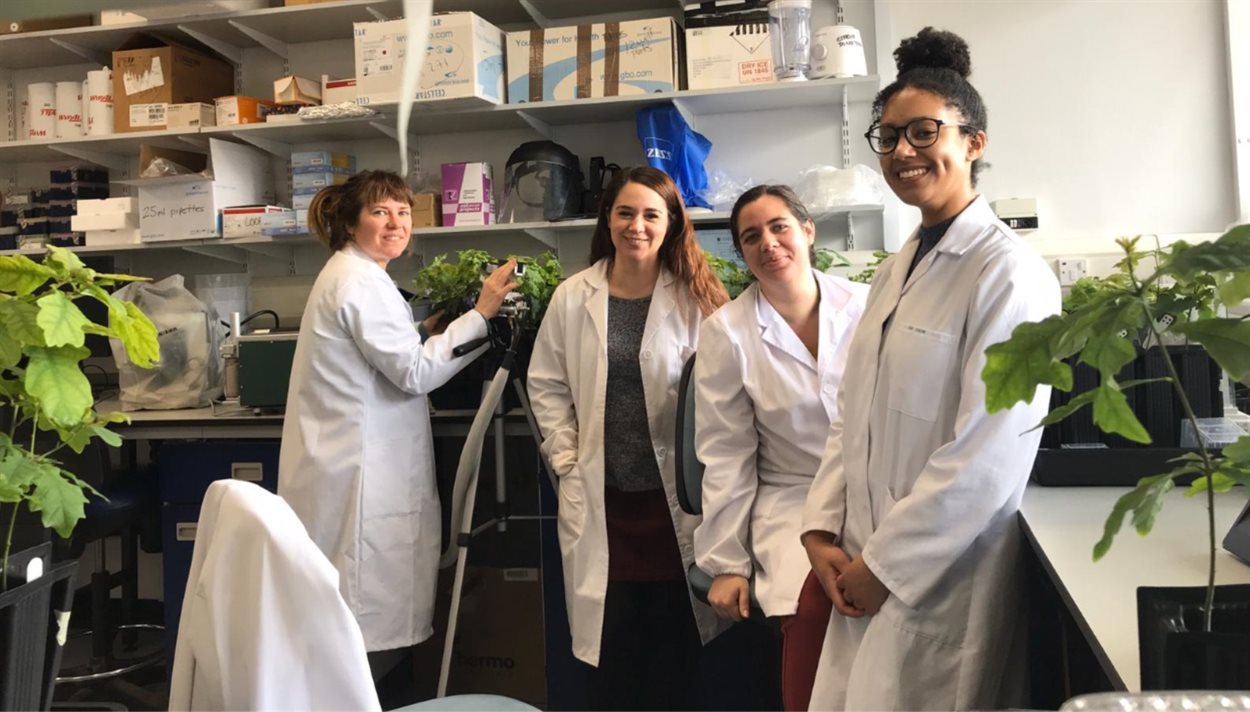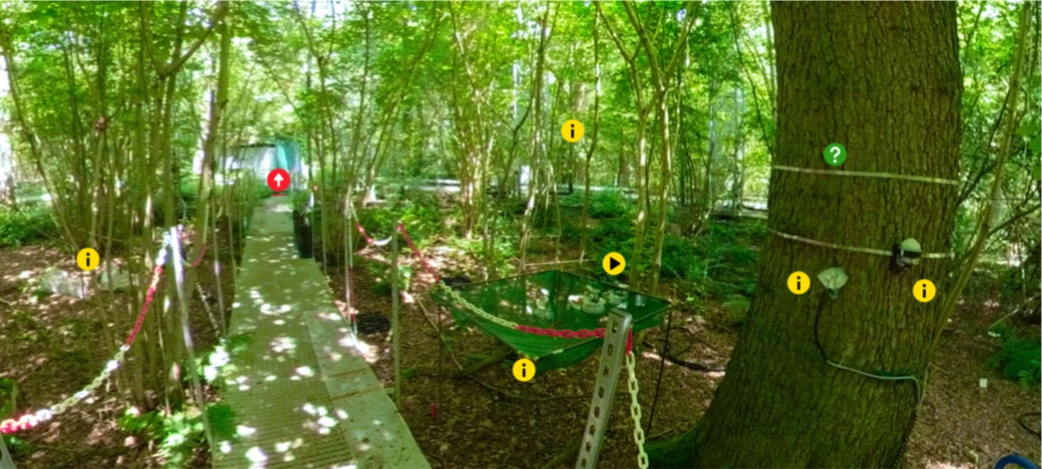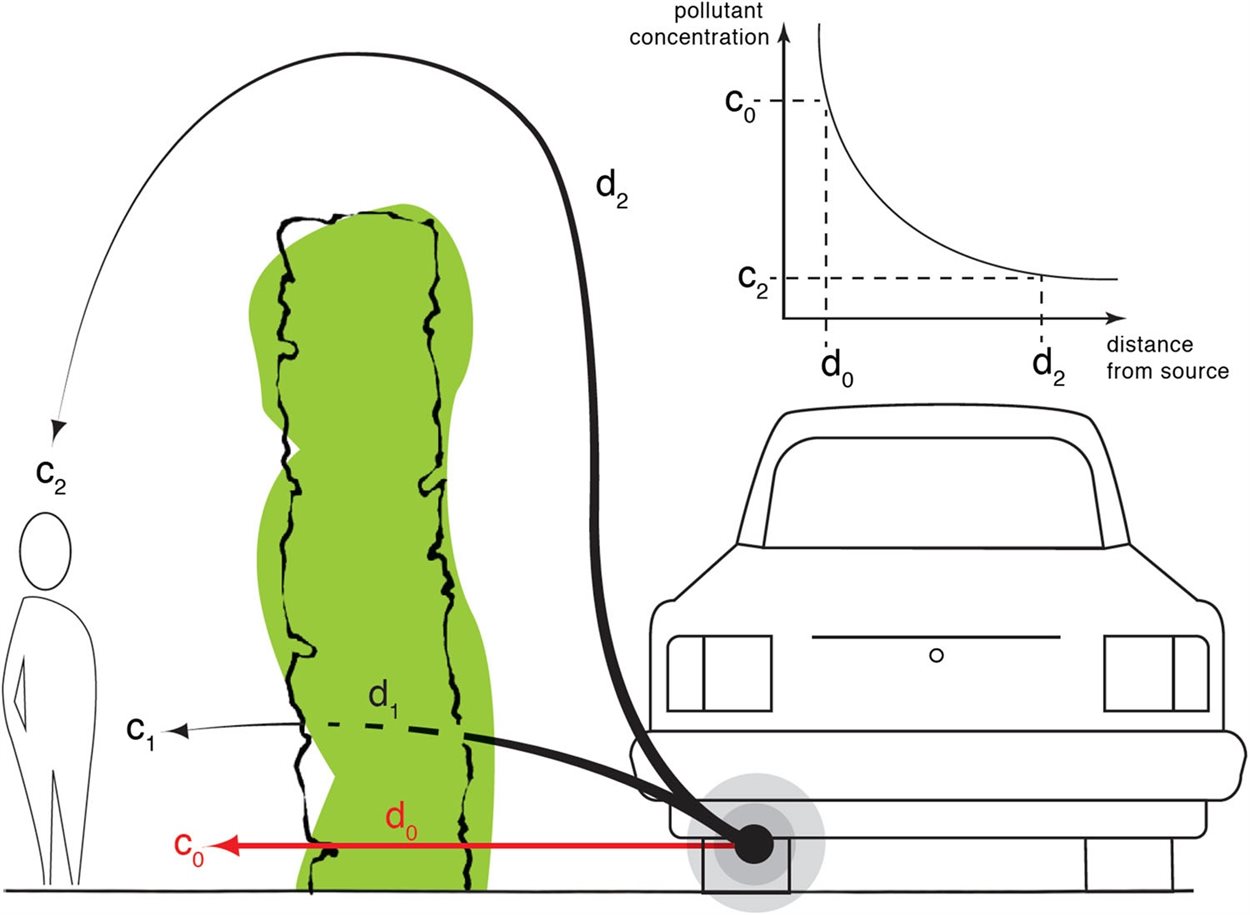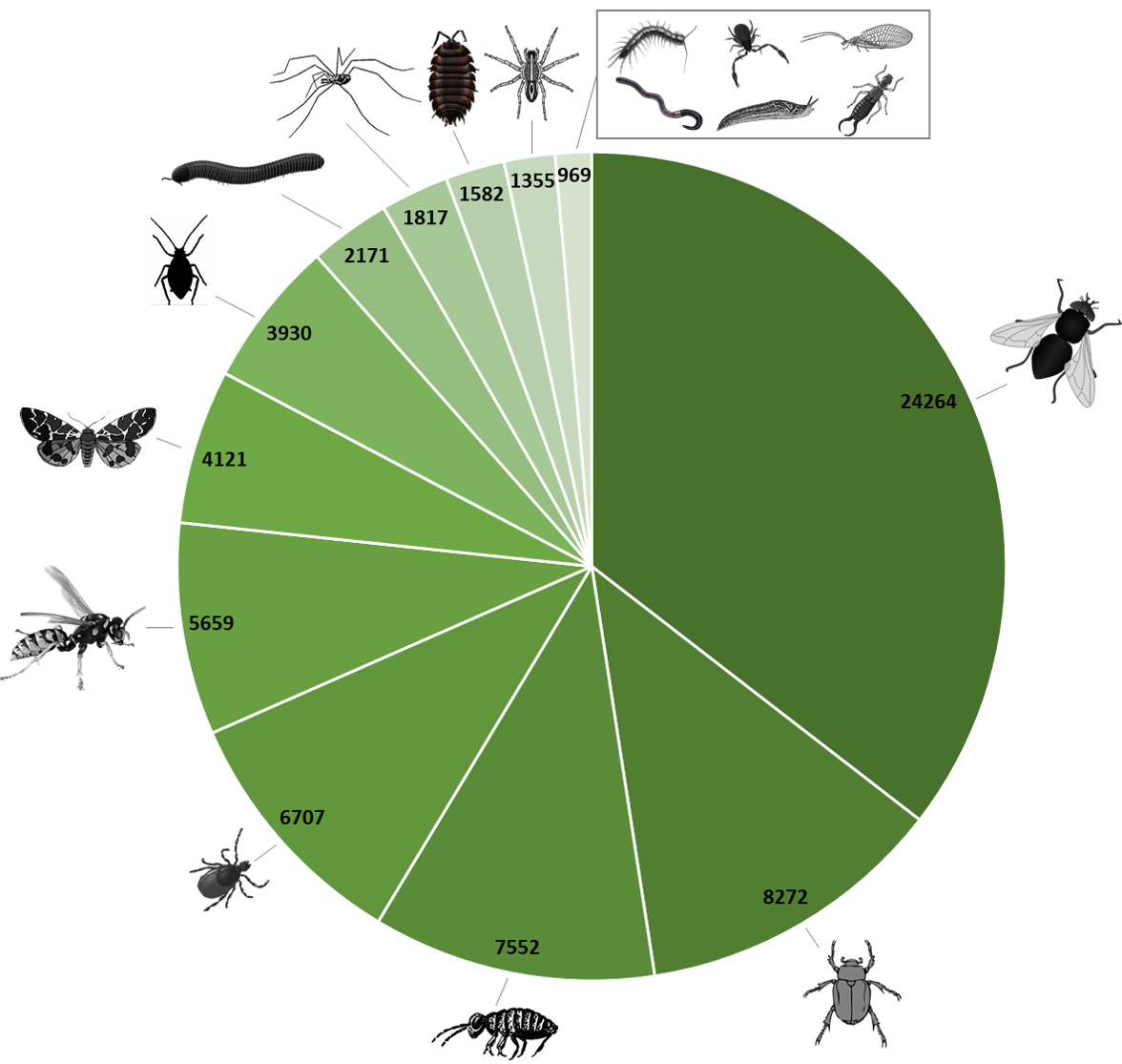
Tackling diseases for a future full of resilient trees
By Professor Rob Jackson, Director of BIFoR and Chair in Tree Pathology
A disease epidemic explodes onto the scene in the UK, causing a national crisis, leading to Governmental COBRA meetings, and consequently highlighting the lack of monitoring and biosecurity, and the realisation there is no fast way to treat the infected or immunise the healthy. In the forest sector, we of course saw all of this back in 2012 when ash dieback hit the headlines, and now we are experiencing it very personally with the SARS-CoV-2 pandemic. This current crisis starkly reminds us of our scientific limitations: the need for both basic and applied research to study pathogens, hosts and their interactions as well as larger scale models of dispersal and disease outcomes plus how to forecast, respond to and manage diseases.
This is perhaps more acutely true for tree diseases than most disease systems due to the underfunding of tree research globally. As a new member of the School of Biosciences and BIFoR, my start-up funding, generously donated by the JABBS Foundation, is allowing me to contribute to an exciting and progressive renaissance in tree pathology led by the University of Birmingham.
I will expand my interests in bacterial plant diseases to trees and thus underpin one of the two central pillars of the institute – understanding the resilience of trees to pests and diseases. My experience sits in the study of virulence factors in Pseudomonas bacteria that infect beans, horse chestnut and cherry, as well as a range of bacteria that infect oak. While easy-to-grow model plants, like bean, help to rapidly decipher the complexity of plant disease, there are a huge range of questions to address in tree systems. How do pathogens get into trees? What do the pathogens do that leads to disease symptoms and tree death? And how do they spread to other trees? In practice, how can we intervene to help our trees to survive the onslaught and ensure our world has productive and resilient trees for the future? I and my BIFoR colleagues intend to find out.
Research Awards
Rob Jackson has obtained £368K funding from BBSRC as part of a £1.8M BBSRC grant led by NIAB entitled "Predicting the emergence of host-adapted bacterial phytopathogens" to study bacterial pathogens of cherry.
The Distributed Real Time Soil (DiRTS) Monitoring, led by Sami Ullah, is a major part of the UK/US “Signal in the Soils” programme. DiRTS aims to develop a sensing ‘mote’ capable of onsite measurements of soil ammonium, nitrate, and potassium in addition to moisture and salinity at different depths over large areas.
Vincent Gauci’s new research project seeks to identify the response of methane and Nitrous Oxide (N2O) emissions to peatland re-wetting, through a combination of detailed scientific investigation of methane and N2O emission from trees, soils and drainage channels in a Sumatran plantation. This research will help inform future policy decisions such as whether to raise water levels below peat surface to reduce future fire vulnerability of the peat.
Nick Kettridge is a leading co-investigator in a £2.4m NERC Highlight Grant, “Toward a UK fire danger rating system: Understanding fuels, fire behaviour and impacts” This project will deliver the science required to build a UK-specific Wildfire Danger Rating System. In addition, through his Pyrolife EU ITN project, Nick will also work with University of Birmingham colleagues to train the next generation of (European) wildfire experts. An op-ed related to wildfire from BIFoR's Tom Pugh and Nezha Acil is available to read online The forests are burning.
Virtual walk in the woods

Explore BIFoR FACE through a public link https://canvas.bham.ac.uk/courses/41982. Clicking on the yellow dots will either provide written information or a video about the experiment. Clicking on a question mark leads to an education resource.
BIFoR FACE News
The FACE facility continues to operate with a skeleton staff during the current emergency. Elevated CO2 started automatically on 1st April and has continued successfully to date. Researchers are not allowed on site but electronic data is being made available to them. Live data is publicly available. Our BIFoR annual report for 2019 is now available online and our webpages are in the process of being updated. Posters and presentations from our January 2020 annual meeting are now online. Two large conferences we were helping to plan for 2020 will now take place in 2021; Treescapes 2020 and Trees for our Future. Our webpages are being updated with more research news and the BIFoR annual report 2019 is now available.
Research highlight
Evidence for the devastating impacts of air pollution on human health continues to increase. Increasingly, and very often on the basis of conflicting and/or weak evidence, the introduction of vegetation (often called ‘green infrastructure’ or GI) is seen as a solution to urban air pollution, without imposing restrictions on traffic and other polluting activities. However, the impact of GI on air quality is highly dependent on the setting. The paper sets out a framework explaining how and where GI can improve air quality, and offers six specific policy interventions, underpinned by research, that will always allow GI to improve air quality. Using GI to improve air quality should always be a last-ditch option, after strenuous efforts have been made to reduce emissions and extend the distance between pollution sources and people.
Hewitt, C. N., Ashworth, K., & MacKenzie, A. R. (2019). Using green infrastructure to improve urban air quality (GI4AQ). Ambio. doi:10.1007/s13280-019-01164-3

Figure above: Effect of a permeable linear barrier or hedge on pollutant concentrations. The pollutant concentration experienced by the child receptor isthe mass-weighted average of the concentrations through (c1) and over (c2) the linear barrier. Along paths d1 and d2, pollutant concentrations arediluted by mixing and deposition. Deposition dominates for d1, mixing dominates for d2, with c2 decreasing approximately exponentially (seeinset). The characteristic mixing length-scale is determined by local turbulence. In the absence of the linear barrier, the receptor experienceshigher concentration, c0, diluted over shorter distance, d0, and not subject to enhanced deposition to vegetation
Postgraduate Successes
BIFoR PhD student, Jenny Knight was winner of CONFOR’s #FutureisForestry essay competition. Jenny won the essay prize by challenging the premise that farmers and landowners need to be motivated to plant trees and saying they just needed more support to make it happen.
Third year PhD student Liam Crowley produced this eye-catching infographic. During his PhD Liam has counted and identified (to various taxonomic levels) a total of 68,399 individual invertebrates. The image (left) shows a break-down of the Orders to which they belonged. By far the most numerous were the Diptera (flies). Liam is currently writing up and working on papers.

Birmingham In Action and BIFoR
The University’s new fundraising and volunteering campaign, Birmingham In Action, launched late in 2019, features BIFoR heavily in its focus on climate and environmental resilience.

Partnership News
Pictured below are 24 pinhole cameras, which Clare Hewitt installed at the BIFoR FACE facility just before spring equinox. These cameras will live in 12 oak trees for the next year as part of her Grain Bursary Project. They were installed in March 2020. They'll stay in position for a year + Clare will be studying tree communication and how humans connect when we're isolated.

World Forest Research Congress
The IUFRO World Congress, held in Brazil in September 2019, is the world’s largest assembly of forest research organisations. BIFoR was represented by Nezha Acil, Angeliki Kourmouli, Rob MacKenzie and Tom Pugh, who spoke, and by Sue Quick and Anna Gardner, who gave poster presentations. In 2014, we attended the last IUFRO World Congress full of promises and ambition; our strong showing in Brazil amply demonstrates how far we’ve come in just five years: over 25 PhD students; over 100 internal associates; a FACE facility now in its fourth year ofoperation; circa £6m in research income secured in 2019 alone.

Stay in touch
To sign up to receive our biannual newsletter please contact d.brettle@bham.ac.uk. To see research news through the year you can visit our "Research News" page.
Twitter: @BIFoRUoB
Instagram: /biforuob
Blog: biforuob/wordpress.com